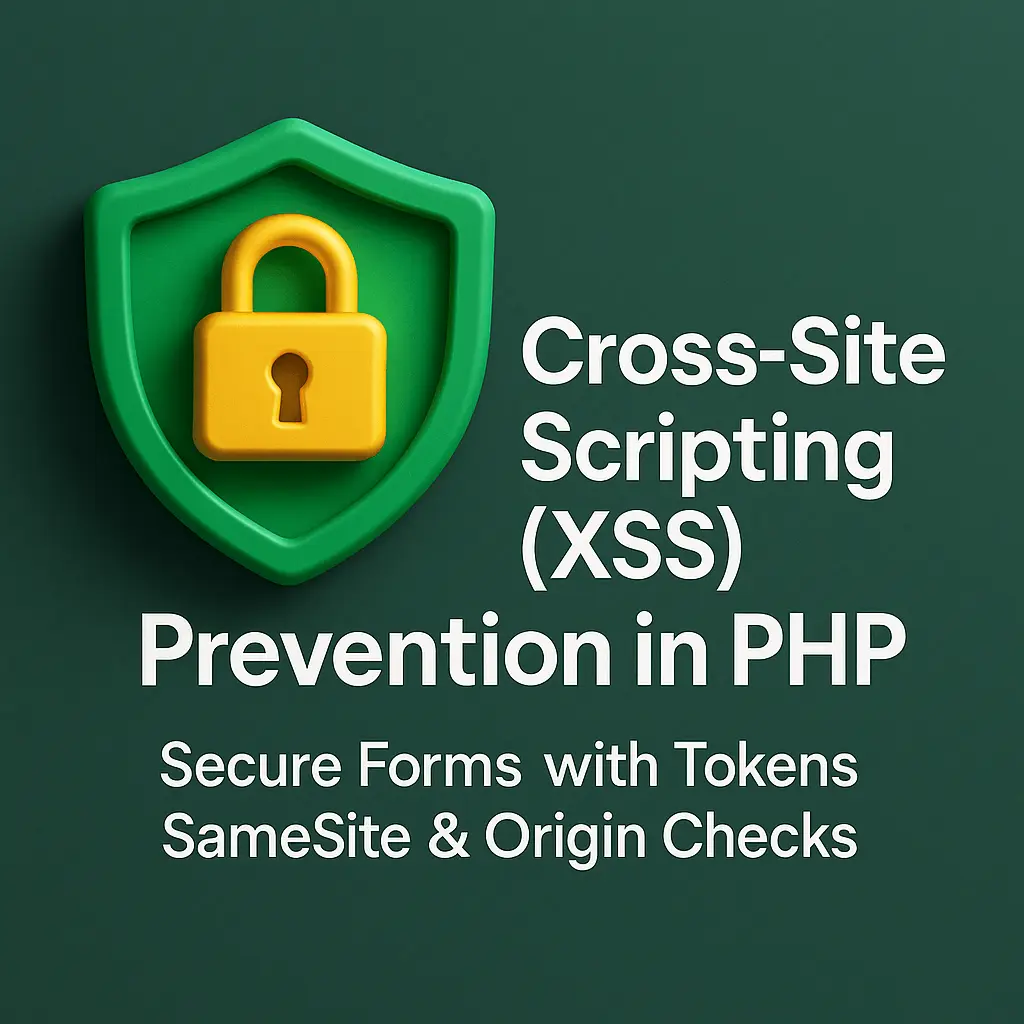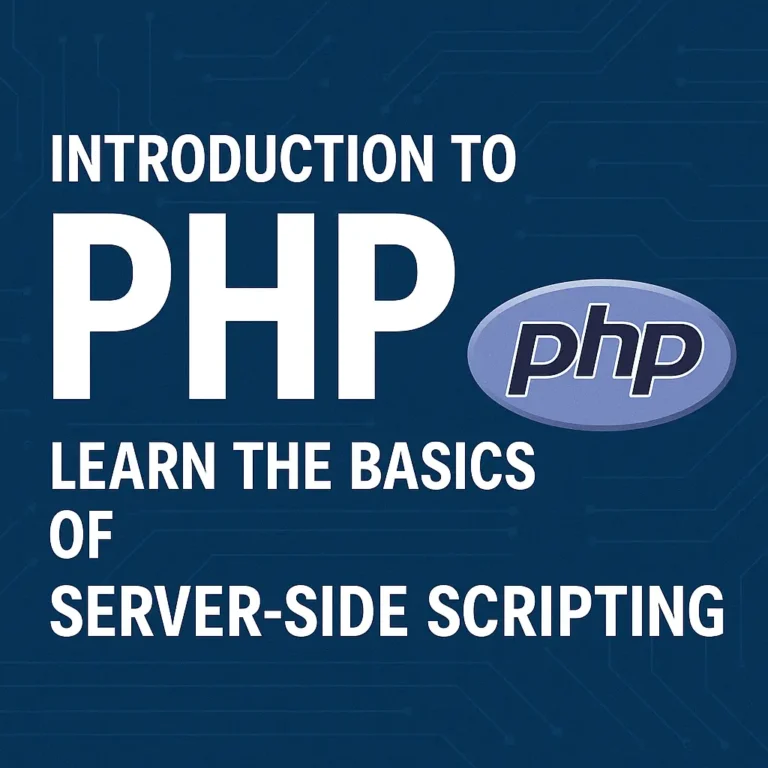PHP, being a widely used server-side scripting language for web development, is susceptible to CSRF attacks if proper precautions are not taken. In this comprehensive guide, we’ll delve into the basics of CSRF, explore common attack vectors, and discuss effective strategies for preventing CSRF in PHP applications. Through detailed explanations and practical code examples, you’ll gain a solid understanding of CSRF prevention techniques and learn how to fortify your PHP applications against this critical security threat.
Basics of Cross-Site Request Forgery (CSRF)
What is CSRF?
Cross-Site Request Forgery (CSRF) is a type of security vulnerability that occurs when an attacker tricks a user into executing unauthorized actions on a web application in which the user is authenticated. These actions can include changing account settings, making purchases, or even transferring funds without the user’s consent.
Common Attack Vectors
CSRF attacks can be executed through various channels, including:
Malicious Links: Attackers craft malicious links or emails containing URLs that trigger unauthorized actions when clicked by authenticated users.
Form Submissions: Attackers embed malicious forms in web pages or emails, tricking users into submitting them unintentionally.
Image Tags: Attackers use <img> tags with source URLs pointing to malicious endpoints that execute unauthorized actions when loaded by authenticated users.
Preventing CSRF in PHP
Using CSRF Tokens
One of the most effective strategies for preventing CSRF attacks in PHP is to use CSRF tokens. CSRF tokens are unique, random values that are generated for each user session and included in forms or URLs. When a form is submitted or a URL is accessed, the CSRF token is validated to ensure that the request originated from the legitimate user and not from a malicious attacker.
<?php
session_start();
// Generate CSRF token
if (!isset($_SESSION['csrf_token'])) {
$_SESSION['csrf_token'] = bin2hex(random_bytes(32));
}
// Include CSRF token in form
echo "<form action='process.php' method='post'>";
echo "<input type='hidden' name='csrf_token' value='{$_SESSION['csrf_token']}'>";
echo "<input type='text' name='username'>";
echo "<input type='submit' value='Submit'>";
echo "</form>";
?>
Verifying CSRF Tokens
In the PHP script that processes form submissions or handles requests, validate the CSRF token to ensure that it matches the token stored in the user’s session. If the tokens do not match, reject the request to prevent CSRF attacks.
<?php
session_start();
// Verify CSRF token
if ($_POST['csrf_token'] !== $_SESSION['csrf_token']) {
die("CSRF token validation failed!");
}
// Process form submission
$username = $_POST['username'];
// Perform further actions...
?>
Setting SameSite Cookies
You can also mitigate CSRF attacks by setting the SameSite attribute on cookies to restrict cookie transmission to same-site requests, reducing the risk of unauthorized cross-origin requests.
<?php
session_start();
session_set_cookie_params([
'samesite' => 'Strict',
]);
?>
Best Practices
Use CSRF Tokens: Implement CSRF tokens to validate the authenticity of form submissions and requests.
Randomize Tokens: Generate unique, random tokens for each user session to prevent token guessing attacks.
Verify Tokens: Validate CSRF tokens on the server side to ensure that requests originate from legitimate users.
Set SameSite Cookies: Set the SameSite attribute on cookies to restrict cookie transmission to same-site requests and mitigate CSRF attacks.
Conclusion
Cross-Site Request Forgery (CSRF) poses a significant threat to the security of web applications, enabling attackers to perform unauthorized actions on behalf of authenticated users. In this guide, we explored the basics of CSRF, including common attack vectors and potential risks. We also discussed effective strategies for preventing CSRF in PHP applications, such as using CSRF tokens, verifying token authenticity, and setting SameSite cookies. By implementing these best practices and staying vigilant against evolving security threats, you can safeguard your PHP applications against CSRF vulnerabilities and protect the integrity and confidentiality of your data.
<?php
// Example PHP code demonstrating CSRF token generation and validation
session_start();
// Generate CSRF token
if (!isset($_SESSION['csrf_token'])) {
$_SESSION['csrf_token'] = bin2hex(random_bytes(32));
}
// Verify CSRF token
if ($_POST['csrf_token'] !== $_SESSION['csrf_token']) {
die("CSRF token validation failed!");
}
// Process form submission
$username = $_POST['username'];
// Perform further actions...
?>
These PHP scripts illustrate CSRF prevention techniques, including CSRF token generation, validation, and SameSite cookie settings, in PHP applications. By incorporating these strategies into your PHP projects, you can effectively mitigate the risk of CSRF vulnerabilities and build robust and secure web applications.






